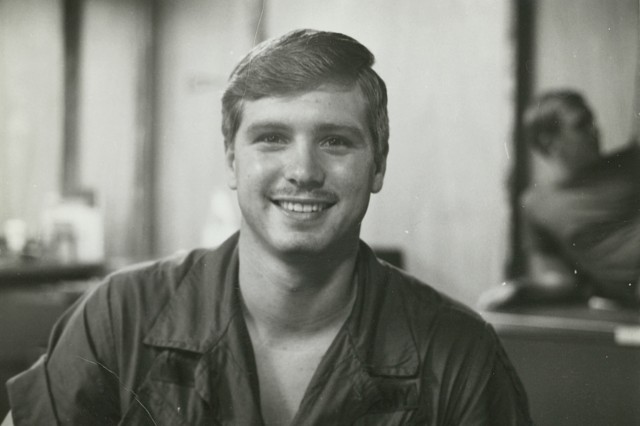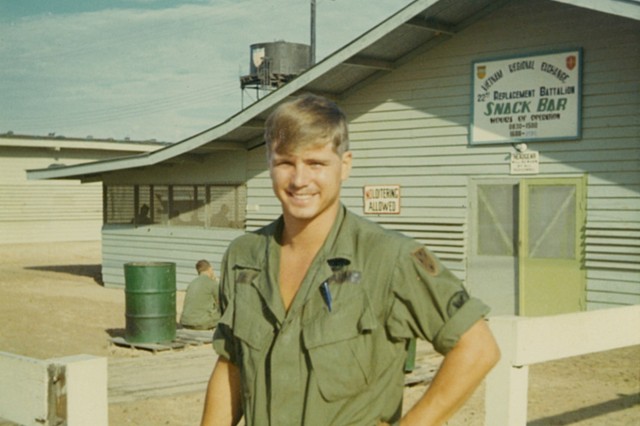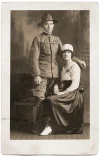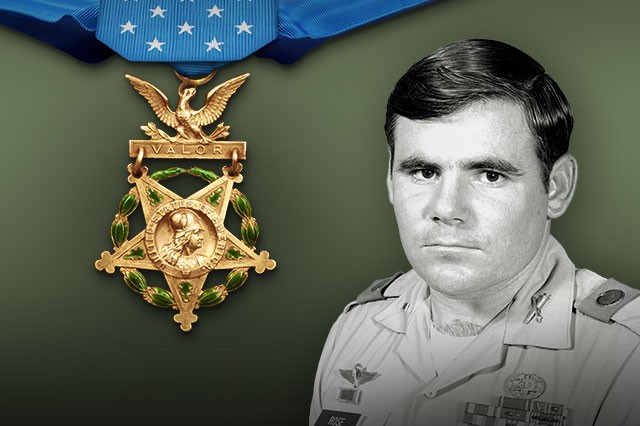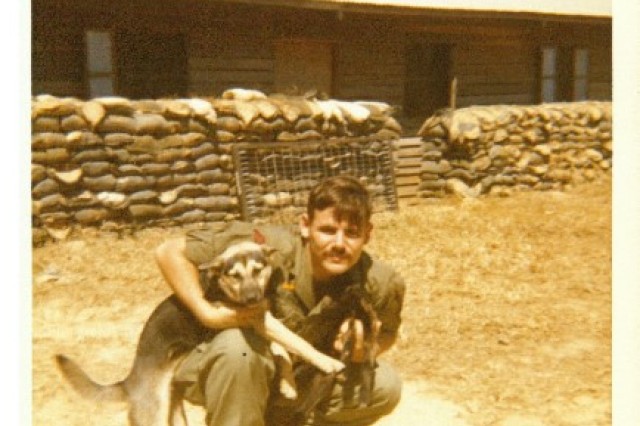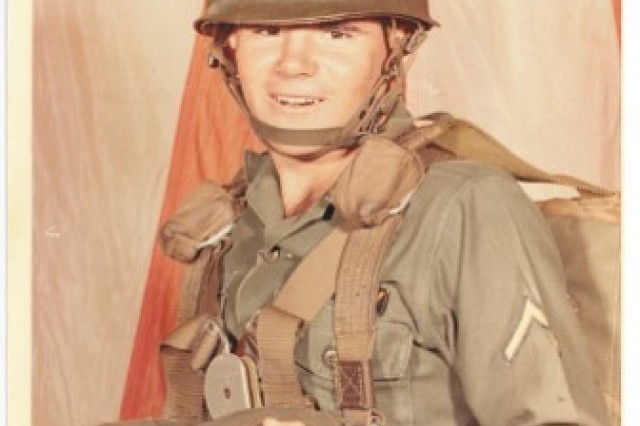Leaderwolf
Respected Leader
En löytänyt sopivaa ketjua johon pistää linkkiä tähän taisteluun, jonka aikana osoitettiin todellista sankaruutta, rohkeutta ja tietoista uhrausta muiden pelastamiseksi ylivoimaisen vihollisen edessä. Tässä siis ensimmäinen tarinamme.
Kyseessä on Battle of Samar 1944.
Japanilaisten Center forcen taistelulaivat ja raskaat risteilijät yllättivät Yhdysvaltojen Taffy kolmosen, kolme lentotukialusta ja muutamia hävittäjiä ja hävittäjäsaattajia. USAn komentajat kielsivät lähistöllä olevia omia joukkoja (Taffy 2) auttamasta Taffy kolmosta pelätessään muiden joukkojen menetystä, tuomiten Taffy kolmosen varmaan kuolemaan. Siitä johtuen lentotukialuksia saattaneiden hävittäjien kapteenit päättivät käydä epätoivoiseen hyökkäykseen japanilaisten taistelulaivoja (mm.Yamato) ja risteilijöitä vastaan ostakseen uhrauksellaan lentotukialuksille aikaa paeta.
Tässä vain muutama ote taistelusta, kannattaa lukea ehdottomasti koko teksti taistelusta Linkin takaa. Yksi historian koskettavimmista taisteluista mielestäni.



https://en.m.wikipedia.org/wiki/Battle_off_Samar
Kyseessä on Battle of Samar 1944.
Japanilaisten Center forcen taistelulaivat ja raskaat risteilijät yllättivät Yhdysvaltojen Taffy kolmosen, kolme lentotukialusta ja muutamia hävittäjiä ja hävittäjäsaattajia. USAn komentajat kielsivät lähistöllä olevia omia joukkoja (Taffy 2) auttamasta Taffy kolmosta pelätessään muiden joukkojen menetystä, tuomiten Taffy kolmosen varmaan kuolemaan. Siitä johtuen lentotukialuksia saattaneiden hävittäjien kapteenit päättivät käydä epätoivoiseen hyökkäykseen japanilaisten taistelulaivoja (mm.Yamato) ja risteilijöitä vastaan ostakseen uhrauksellaan lentotukialuksille aikaa paeta.
Tässä vain muutama ote taistelusta, kannattaa lukea ehdottomasti koko teksti taistelusta Linkin takaa. Yksi historian koskettavimmista taisteluista mielestäni.
In no engagement of its entire history has the United States Navy shown more gallantry, guts and gumption than in those two morning hours between 0730 and 0930 off Samar
Gunner's mate Paul H. Carr was in charge of the aft 5 in gun mount, which had fired nearly all of its 325 stored rounds in 35 minutes before a breech explosion caused by the gun's barrel overheating. Carr was found dying at his station, begging for help loading the last round he was holding into the breech. He was awarded a Silver Star, and a guided missile frigate was later named for him
The crippled Johnston was an easy target. Fighting with all she had, she exchanged fire with four cruisers and numerous destroyers. As her attackers gathered around the vulnerable ship, they concentrated fire on her rather than the fleeing carriers. Johnston was hit so many times that one survivor recalled "they couldn't patch holes fast enough to keep her afloat."
Japanese themselves first recognized Johnston's incredible actions that day: As a destroyer from the opposing fleet cruised slowly by, Robert Billie and several other crewmen watched as the Japanese captain saluted the sinking Johnston, having considered her an honorable opponent.
For extraordinary heroism in action against powerful units of the Japanese Fleet during the Battle off Samar, Philippines, October 25, 1944. ...the gallant ships of the Task Unit waged battle fiercely against the superior speed and fire power of the advancing enemy ...two of the Unit's valiant destroyers and one destroyer escort charged the battleships point-blank and, expending their last torpedoes in desperate defense of the entire group, went down under the enemy's heavy shells



https://en.m.wikipedia.org/wiki/Battle_off_Samar




